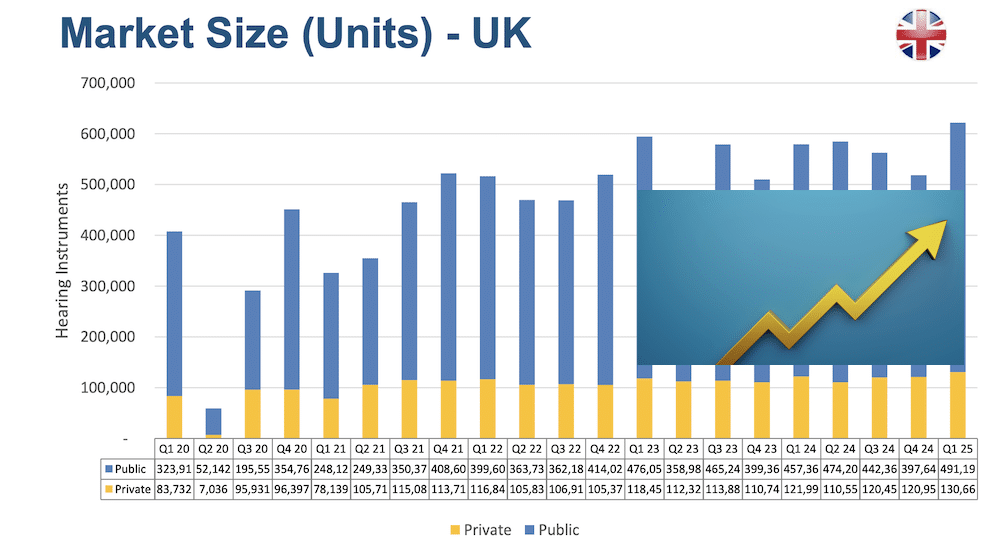Momentum building in the hearable sector
Technology
Interest in hearable technology has continued to increase in recent times. We take a closer look at what’s going on in this sector, expected to grow exponentially in the next few years.

In late January this year, Starkey Hearing Technologies announced that it had joined forces with Bragi, a creator of innovative technology based in Silicon Valley and producer of the hearable The Dash, “to transform hearable and wearable technology”, according to a press release from the company. A good example of the significant interest this technology has sparked in the field of audiology. This type of partnership also opens up new prospects for wearables, away from the purely fitness-oriented devices that started the sector.
The focus for wearables seems to be shifting from the wrist to the ear. “The ear is a more natural place to extract health and fitness data,” says Bragi founder, Nikolaj Hviid. Market observers at Wareable.com believe that the idea of combining new technologies found on wearables into a mature technology such as hearing aids shifts the focus from a novelty device to a medical need. This would limit “wearable fatigue” because the device then becomes a medical necessity.
But the non-medical side of the market still has surprises and new releases in store. One of these is Sony’s Xperia Ear, showcased at the Mobile World Congress which was held in late February in Barcelona, Spain. The Xperia Ear can handle calls and read out texts, and lets the user search the web through voice commands. Wareable’s verdict is that “We don’t know the price of Sony’s new hearable yet, but if it’s affordable, this could really be a winner.” The device is said to be light and comfortable, and provides good sound quality.
Another major technology player, Samsung, is reported to be preparing to enter this market with its device called Earcle. aNewDomain reports, on the basis of US Federal Communications Commission (FCC) submissions, that Samsung seems to be readying Bluetooth-enabled hearing aids and consumer-targeted hearables for release this year and in 2017. Earcle is a non-prescription hearing device that would be able to enhance conversation and other sounds in different settings, such as noisy environments, and would also provide access to some smartphone functions, including messaging and music.
It is, however, possible that Samsung may have abandoned or altered these plans and decided to go with their prescription-only Samsung Bluetooth Hearing Aid. More evidence that the line between hearing aids and wearables is not as distinct as it once was. Time will tell where the Korean technology giant plans to take its wearable range, and how the market generally may develop. One thing is sure though, new technologies will continue to play a leading role in the area of hearing aids.
Source: wareable.com; anewdomain.net; Starkey Hearing Technologies


